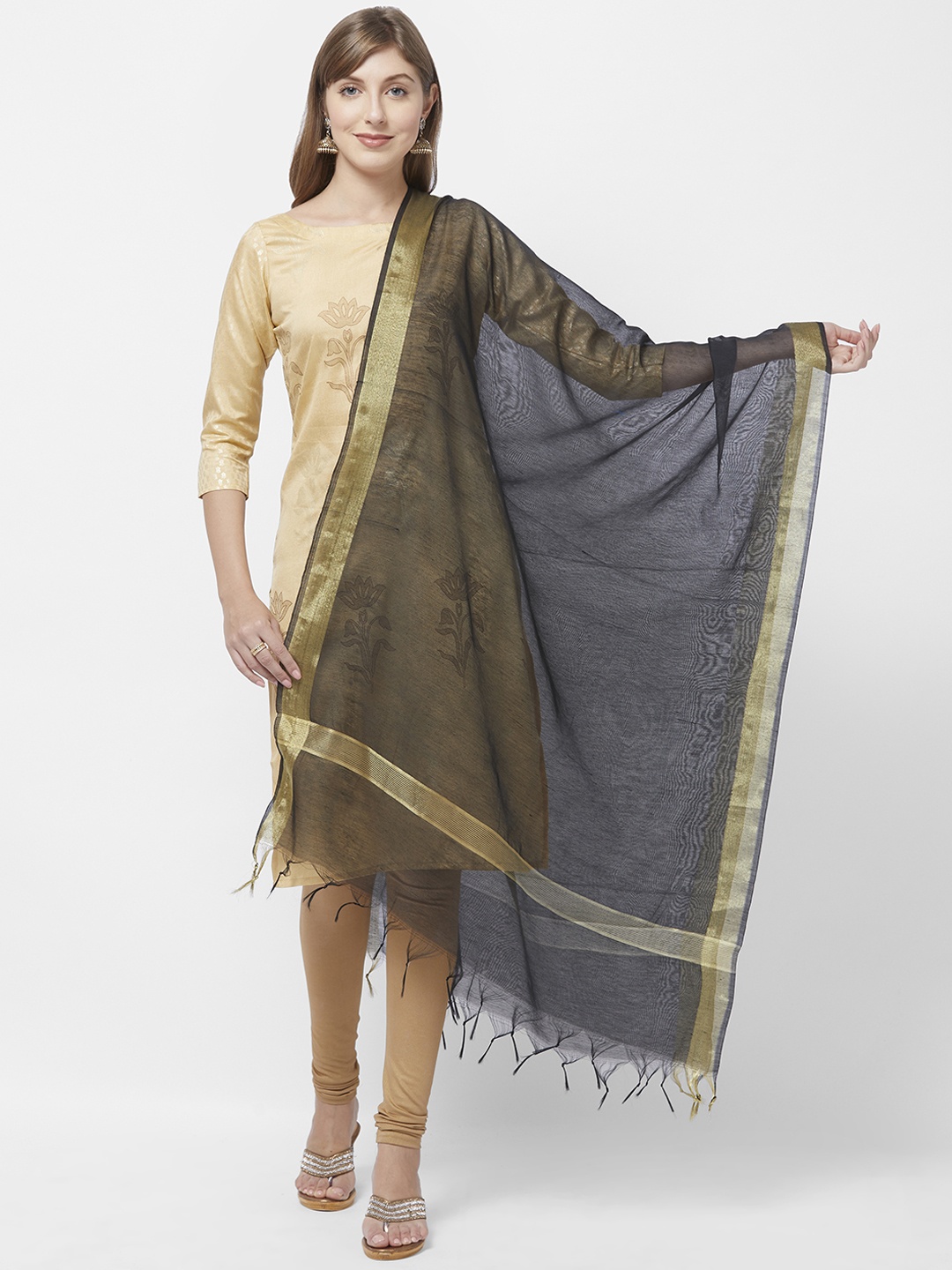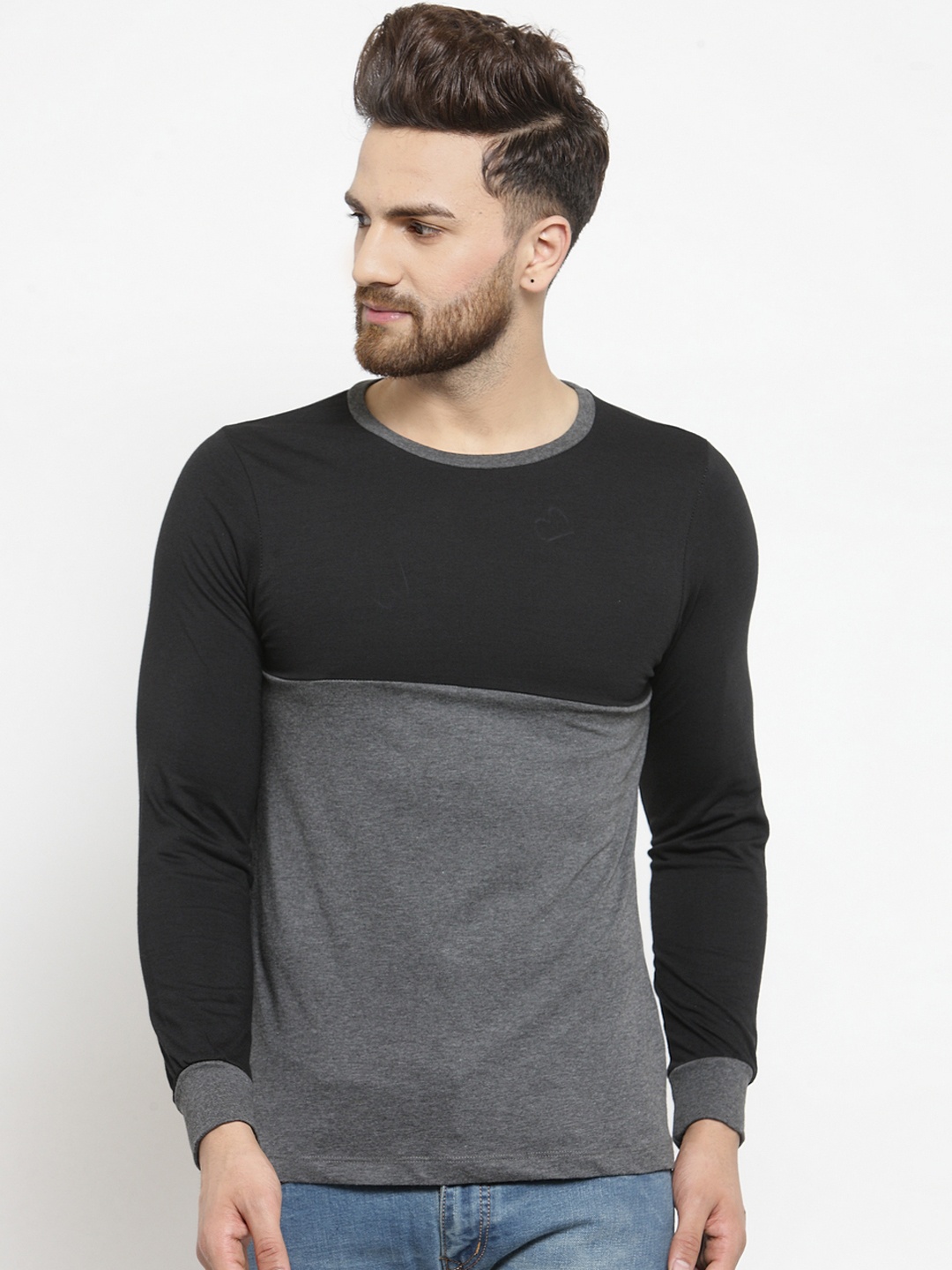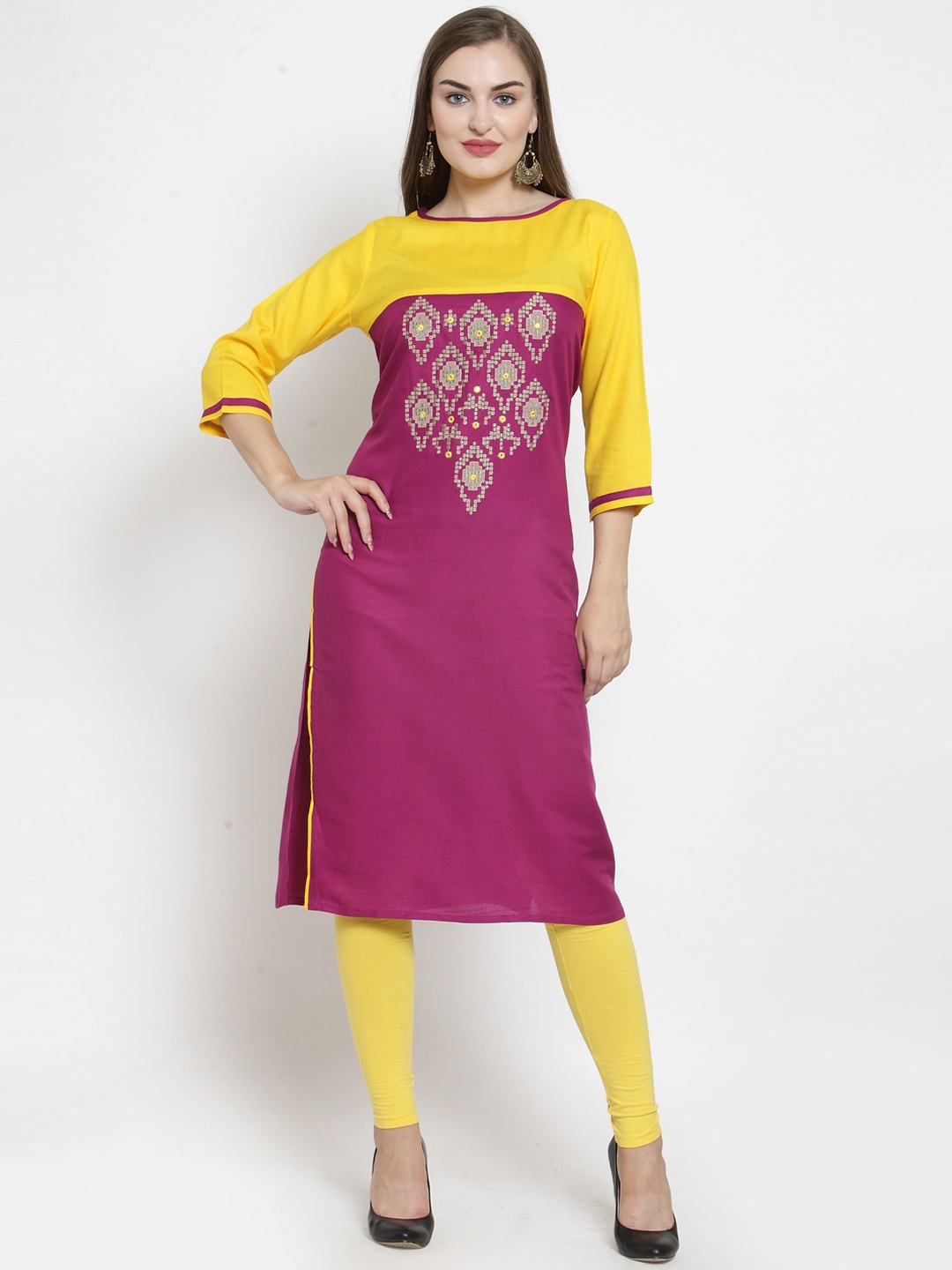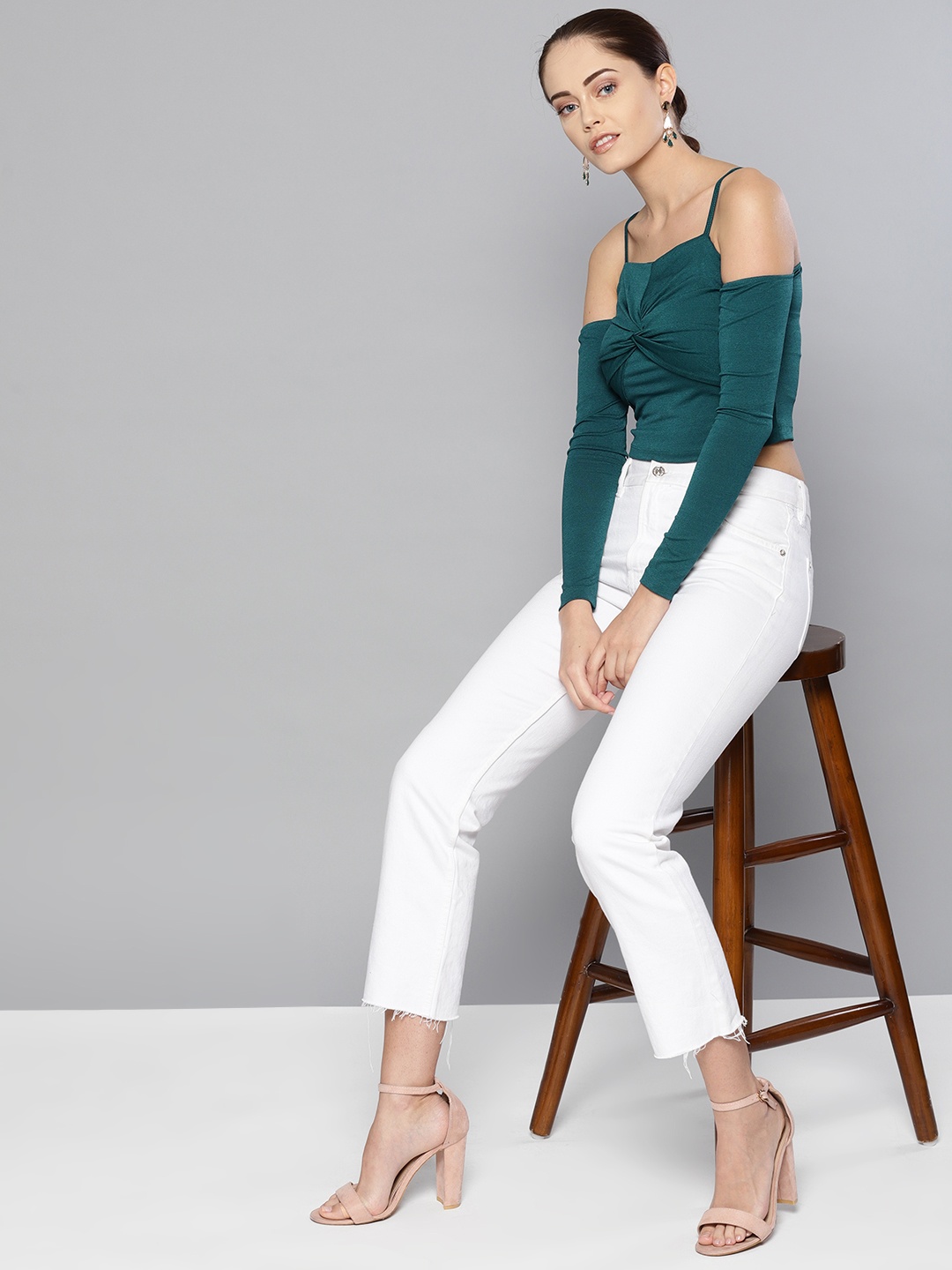First Steps In Style: Decoding Baby Footwear For First-Time Walkers
Choosing your baby's first pair of shoes is not just about style, it's about setting the foundation for a lifetime of healthy steps. From classic T-bars to modern Velcro trainers, the right footwear can make all the difference in those precious first strides

First Steps In Style: Decoding Baby Footwear For First-Time Walkers
Choosing your baby's first pair of shoes isn't just about style, it's about setting the foundation for a lifetime of healthy steps. From classic T-bars to modern Velcro trainers, the right footwear can make all the difference in those precious first strides.
When a baby takes their first steps, it's a moment of pure magic. Wobbly, wide-eyed, and full of determination, those tiny feet begin a lifelong journey. But as any parent knows, the joy of walking soon gives way to a pressing question: What shoes should they wear?
From clogs to floaters, T-bars to Velcro-fastened trainers, the market for baby footwear is as varied as it is confusing. For first-time walkers, the stakes are high. The right pair can support healthy development, while the wrong one might hinder it. So, which type of shoe truly fits the bill?
The Science Beneath The Sole
Before diving into styles, it's worth understanding what paediatricians and podiatrists recommend. According to the NHS , babies learning to walk should ideally go barefoot to experience different textures through their feet. This helps them develop balance, coordination, and strength in their feet and ankles. But once they venture outside, shoes become essential.
"You may want to buy your baby shoes to protect their feet and to keep them warm outside. You should buy soft-soled shoes for babies. We do not recommend buying trainers or fashion shoes for babies," noted the NHS in its article Learning to Walk.
Types of Footwear For Babies
Clogs
Clogs, often made of rubber or foam, are popular for their ease of use and colourful designs. Brands like Crocs have even launched baby versions. But are they suitable for first-time walkers?
However, clogs are generally not recommended for early walkers. They're often said to be too loose, lack ankle support, and can cause tripping. They're fine for short-term wear at the beach or garden, but not for regular use.
Floaters
Floaters- open-toe sandals with adjustable straps- are a summer staple. They're breathable and easy to clean, but they come with caveats.
But floaters can be a mixed bag, too. If they have a firm heel cup and secure straps, they might work for short walks. But many are too flimsy and don't offer the structure needed for developing feet. Moreover, floaters often expose their toes to injury, especially on uneven terrain. For toddlers still mastering their gait, this can be risky.
T-Bar Shoes
T-bar shoes, with their closed toe and buckle strap across the instep, have been a favourite for generations. Traditionally made of leather, they offer a snug fit and a touch of vintage charm. Hence, making them one of the best options for first walkers. They are said to provide good support, protect the toes, and the buckle ensures a secure fit. Look for models with flexible soles and cushioned insoles.
The Fit Factor
Regardless of style, fit is paramount. Ill-fitting shoes can lead to blisters, poor posture, and even long-term foot problems. Experts recommend measuring a baby's feet every six to eight weeks, as growth can be rapid and unpredictable.
It is advisable to always check the width as well as the length as some babies have wide feet or high insteps, which require specific designs. It is strictly recommended to not to rely solely on age-based sizing.
So, which type of footwear wins the race for first-time walkers?
| Footwear Type | Reason | |
| Best Overall | T-Bar Shoes | For their balance of support, protection and timeless design |
| Best for Occasional Use | Floaters | When created with a proper structure suitable for warm weather outings |
| Best Left On The Shelf | Clogs | Due to their lack of support and fit issues |
Ultimately, the best shoe is one that fits well, supports natural movement, and suits the child's environment. First steps are precious, and with the right footwear, they can be safe, stylish, and full of confidence.
Products Related To This Article
1. Santhanakid Slip on Dancing Shoes For Boys And Girls
2. Santhanakid Sling Back Clogs For Boys And Girls
3. ONYC Velcro T-Bar Sandals For Boys And Girls
4. Coolz Velcro T-bar Sandals For Boys
5. DURUKY Velcro T-bar Sandals For Boys And Girls
6. kats Velcro Flats For Boys And Girls
7. LIBERTY Sling Back Clogs For Boys And Girls
8. Sundri Hello Kitty Velcro T-bar Sandals For Boys And Girls
9. GOKIK Sling Back Clogs For Boys And Girls
10. rotation Velcro Strappy Sandals For Boys And Girls
Frequently Asked Questions (FAQs)
1. When should I buy my baby's first pair of shoes?
You should consider buying shoes once your baby starts walking confidently outdoors. Indoors, barefoot is best to help develop balance and coordination.
2. How do I know if a shoe fits my baby properly?
A well-fitting shoe should have about a thumb's width of space at the toe, fit snugly around the heel, and not pinch or leave marks. Many stores offer professional fitting services.
3. Are soft-soled shoes better than hard-soled ones for first walkers?
Yes, soft and flexible soles are ideal for early walkers as they allow natural foot movement and help strengthen muscles and balance.
4. Can I use hand-me-down shoes for my baby?
It's not recommended. Shoes mould to the shape of the original wearer's feet, which can affect support and fit for another child.
5. How often should I replace my baby's shoes?
Babies' feet grow quickly, check the fit every 6-8 weeks and replace shoes when they become tight or show signs of wear.
Source: Learning to Walk [Read Here]




























